Courses
Course Review: Pinehurst No. 2
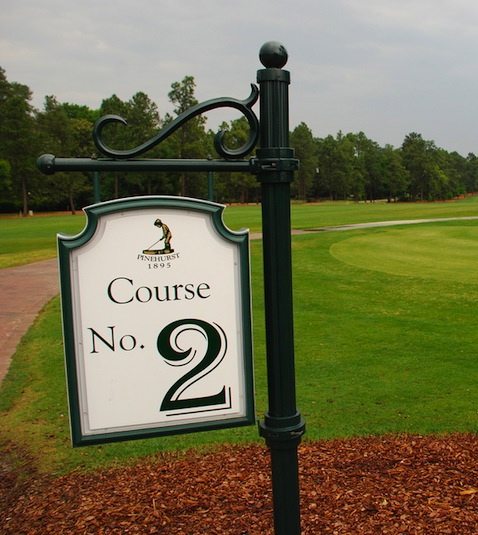
I finally found the ultimate golf vacation destination in the United States bar none. It’s located in the Sandhills of North Carolina’s heartland at the world-renowned Pinehurst Resort.
This 2,000-acre historic property is where it all happens and has hosted more single golf championships than any other site in America. It will make history again in 2014 as the only site to host both the U.S Open and the U.S. Women’s Open championships in the same year in consecutive weeks. Pinehurst is now the only site to host all five of the USGA’S major championship
Pinehurst has eight golf courses, but it’s the famous No. 2 course that pays the rent and where the U.S. Open will be played. The staging of these championships represents a significant statement for the sport. And it will give you ample time and a wonderful opportunity to see why this cradle of golf should be on the top of your list for a visit in the future for having so much to offer.
You could start by staying at one of their its newly renovated guest rooms at the historic Carolina Hotel with its white trademark rocking chairs that opened in 1901 and was dubbed the “White House of Golf.” There is also the 88-guest-room Holly that opened in 1895 and completed a $31 million renovation in 1999, and the 44-guest-room 1923 vintage Manor. And what’s nice about these accommodations is that five of their golf courses are only a drive and a 5 iron from everything including the quaint Frederick Law Olmsted’s New England-designed Village of Pinehurst. Olmsted also did New York City’s Central Park.
This outstanding resort also enjoys the best in Southern cuisine. Its premier Carolina Dining Room is an elegantly appointed room that features steaks and chops as well as entrees with a touch of native North Carolina seafood, poultry, produce and favorites like potato crusted sea bass and fresh mountain trout. And just a short walk from the hotel is Holly’s 1895 AAA Four-Diamond-rated Grille that also specializes in fresh seafood inspired dishes. Adjacent to the Grille’s restaurant is The Tavern — an authentic recreation of a 19th century Scottish pub, complete with a magnificent antique bar. It was hand carved in Edinburgh, Scotland in 1880 with original stained glass and beveled mirror inlays.
The Grand Beginnings of Pinehurst took place in 1895 when James Tuft purchased the property for $1 per acre as a health center and winter resort because of its warming micro-climate. It was followed in 1900 with the arrival of Scottish-born Donald Ross, who was hired as its golf professional with the main purpose of designing golf courses for Tufts. He started with four courses Nos. 1, 2, 3 and 4. But it was the famed No. 2 course that received all of the attention, especially for being the proud home of the North and South Amateur Championship since 1903. Donald Ross believed No. 2 was the fairest test of championship golf he ever designed, with a variety of problems to test every shot along with precise handling of the short game and greens that went from sand to bent in 1936.
And if golf isn’t your cup of tea there are “oodles” of other family activities to keep you occupied during your stay. It includes Lake Pinehurst with 200 acres of freshwater well stocked with fish. Canoeing and kayaking are also offered. There are professional croquet and lawn bowling facilities, tennis courts, walking tours and two outdoor pools. You name it, it’s there.
But of course golf is still Pinehurst’s dominant theater of activity everyday of the year and what a beautiful part of North Carolina it is to bring your golf clubs and enjoy golf at its best. And there are always the ever-present loblolly pines and dogwoods that waft through the soft carpet and sweet bouquet of pine needles. It was in 1983 when I first visited Pinehurst and it was easy to see where you were going. But today with home development along hidden curving streets and the ever-enveloping growth of trees and shrubbery, you can get easily lost if you miss a street sign.
So it was time to get my golf clubs out of my trunk and amble over to Pinehurst’s golfing village where I decided to tackle the very best and famous Pinehurst No. 2. It was there that I found out that the design team of Ben Crenshaw and Bill Coore were recently hired to restore the courses natural aesthetic characteristics and bring back the strategic design originally crafted by Ross. The changes include returning sandy waste areas, native wiregrass and natural bunker edges; widening the fairways to play as they did in the era from 1935 to 1960 and reducing the amount of manicured rough.
The signature greens of No. 2 were not be touched, and it would have been be sacrilegious to even think about doing it. That’s because these indecipherable inverted-saucer greens putting surfaces that fall off along the edges were designed to emulate the natural indentations of the golf turf in Ross’s native Scotland. They average 6,000 square feet with not too many safe places to stop the ball with its swales, dips and hollows that make it easy to escape the putting surface and fall away a few feet down from the elevated surfaces.
You must also know that Pinehurst is not a “wow” golf course with lots of water and tricky situations. What makes it one of the best ever designed is that its routing is outstanding. The strategic nuances are endless, and understanding which hole locations are accessible and which are not will give you trouble. So I headed to the 405-yard par 4 first hole with a wide fairway started my No. 2 adventure.
The approach shot is easier if played from the right side and the green is angled and appears to be a generous target. But misjudge your approach by a hair and your ball will find on the perimeter of the green and leak into a bunker on the front left of the green or the chipping area to the right.
After warming up on the opening holes, I approached the brutal par four 476-yard No. 5, where only 27 percent of all second shots in the 1999 U.S. Open landed on the putting surface. This top-rated dogleg left hole is the longest par four on the course, as the fairway slopes from right to left making for a testy sidehill lie on the approach. The green is elevated, severely crowned and guarded on its front left by a yawning bunker. Anything on the that side of the green is jail, while missing right is relatively benign. It’s followed by a strong par 3, No. 6, which measures 224 yards. That makes holes Nos. 5 and 6 the strongest back-to-back holes on the course. The tee shot has to be drilled through a chute of pine trees toward a well-guarded green with a swale in front of it. Golfers erring to either side with their tee shots will find plenty of sand with a bunker on the left being particularly penal.
No. 10, a par-5 that measures 611 yards, wins the prize for the longest on the course. The right side of the fairway offers the best angle for the second shot, but there’s plenty of movement in the fairway from 100 yards out, adding a twist to a short approach if a golfer chooses to lay up. The 451-yard par-4 No. 12 fairway resembles No. 10 with numerous undulations. It also has a trough running across from 125 yards away from the green that has plenty of movement. The approaching area will deflect many shots landing into a chipping area to the left of the putting surface.
Plenty of length and a narrow green makes No. 14 one of the most difficult par 4s on the course. The hole that was once a par five contains fairway right and left of the bunkers to collect errant tee shots. And over the green is one place you don’t want to be, as the sloping is severe in the rear where the ball can take off and run 40 yards. The easier recovery shot is to the left of the green, as anything right will put your fate into a series of deep hollows and a penal bunker.
No. 18, a 445-yard par 4, is one of the finest and most difficult finishing holes in golf. It’s the only hole that plays uphill from tee to landing area and then to the green. The fairway looks plenty wide, but it is much smaller in reality. To get to the green, you have to challenge a long, deep bunker that runs along the fairway. The left side is safer, but it presents a harder shot because you have to play from a slightly sidehill lie across one bunker to a contoured green angled against you.
It’s interesting to note that Pinehurst has had so many famous visitors that it reads a veritable who’s who of almost every celebrity in every field of prominence. One that heads the list is Annie Oakley, who gave shooting exhibitions and lessons when she arrived in 1916. Amelia Earhart landed her plane at the Pinehurst airstrip in 1921. The usual Rockefellers, DuPonts and Morgan clan did their number here. Five presidents kept the Secret Service busy and almost every famous professional golfer enjoyed the golf facilities. That with a number of famous movie stars that have kept the guests in awe.
It all adds up to the collective Spirit of Pinehurst and everyone who has had the opportunity of visiting this palace of pleasure now and in the future.
Courses
Ryder Cup 2025: Crossing to Bethpage – NY state park golf, part 3
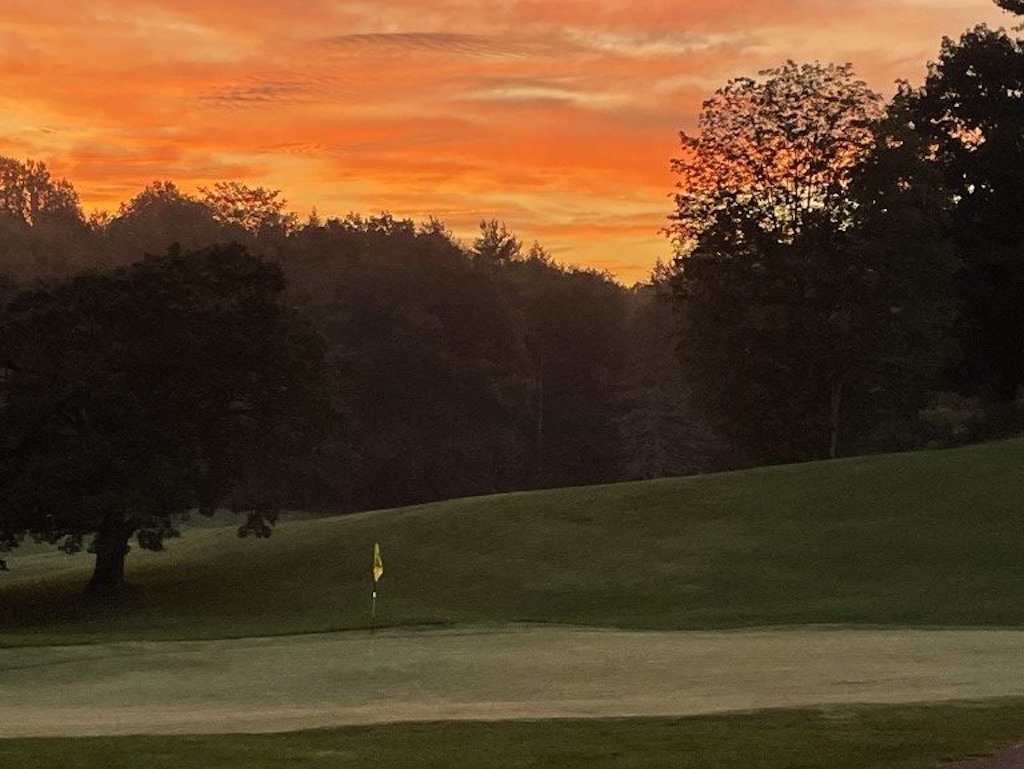
The history of the acquisition of lands for state parks and properties is a varied one across the Empire State. The first state park, Niagara Falls, was established in 1885. Many of us locals would love to have a scenic golf course located on Goat Island, with holes that ease their way next to Horseshoe, Niagara, and Bridal Veil Falls. We do understand, however, that the parkland is better suited to accessibility by and for all residents and visitors.
Work on state parks, especially the introduction of golf courses, ramped up in the 1930s, thanks to President Franklin Delano Roosevelt’s Civilian Conservation Corps and Works Progress programs. The state continues to acquire lands today, to preserve open spaces and critical habitats. For the golfing faithful, the 24 state-owned golf course properties offer affordable and accessible municipal golf.
The birth story of the 24 golf courses has the following chronology:
Battle Island – 1919
Sag Harbor – 1926
Bethpage Green (as Lenox Hill) 1923; Blue and Red – 1935; Black – 1936; Yellow – 1958
Green Lakes – 1935
Saratoga Spa – 1936
James Baird – 1948
Wellesley Island – 1960
Dinsmore – 1962 (18 hole expansion)
Sunken Meadow – 1962 (18), 1964 (third 9)
Soaring Eagles – 1963
Indian Hills – 1964
Beaver Island – 1965
Chenango Valley – 1967 (18 hole expansion)
St. Lawrence – 1967 (18 hole expansion)
Montauk Downs – 1968 (current design)
Rockland Lake – 1969
Robert Moses Pitch and Putt – 1970
Bonavista – 1970
Springbrook Greens – 1995
From the golden age of the early 1900s to the end of the last century, the courses of the New York State park system grew from one to many. Some (Lenox Hills) were adopted into the system, while others (Chenango, St. Lawrence, Dinsmore) expanded from nine to eighteen holes. What does the 21st century hold? That’s a tough question to pose, much less answer, but it concludes its first 25 years with one of the most notable golf competitions on the planet, at its flagship park.
It’s easy to divide the 19 parks that host golf courses into regions, but much more challenging to build a tour. Our second trip, to keep the disappointment to a minimum, was scuttled. Simply not enough vacation time for this working stiff to make a trip along Lake Ontario and into the Adirondacks. I’ve played enough golf in the North Country, however, to know how special those upper region layouts are.
Battle Island
From Mary Gregg and the NYS Parks website, we learn a nice amount about Battle Island. Ms. Gregg offers these insights:
“This park derived its name from a battle which took place on a nearby island on the Oswego River in the mid-1700s. In 1916 most of the land owned by F. A. Emerick was deeded to the state. Battle Island officially became a state park in 1938 when the remaining land was turned over. The popular course near Fulton lies adjacent to the Oswego River and offers golfers magnificent views from a number of its
fairways and greens. The 18-hole Battle Island State Park Golf Course is a challenging one for the budding professional and amateur player.“From my own experience working at both Green Lakes and Bethpage; Battle Island is a short course but a challenging one. We don’t have any bunkers on the course, but the greens are quite challenging, hard to find many flat areas for pin placements. The views of the Oswego River are quite manificient throughout the season and bring a variety of wilflife throughout the season as well.”
As a youth, I heard tales of Battle Island’s brief but fierce layout from an uncle, an alumnus of the city’s state university campus. Short hitters have nothing to fear at Battle Island, but the wayward driver of the ball should certainly have a long day over the golf course.
Dinsmore
Dinsmore was expanded to 18 holes in 1962. Tom Buggy penned an insightful history of the course for the Staatsburgh State Historic Site, and we are happy to link it here. The course is the northernmost state park layout along the Hudson River, located in Hyde Park, the retreat of President Franklin Delano Roosevelt.
The history of Dinsmore is an interesting, curvy one. The original nine holes on property were a collaborative affair, built on 1890s land shared by three prominent area families. Known then as the Staatsburgh golf club, the daughter of the original designer would eventually donate the land to New York State, establishing the park that includes the adjacent historic homesite. An additional nine holes were added to the property in 1962. Two years later, the original holes were rerouted to form the current back nine, along the southern portion of the property.
Rockland Lake
The Rockland Lake State Park golf course could be forgiven for the occasional bout of envy. It sits in a neighborhood occupied by some of the mid-Hudson River’s finer private clubs. A half mile away is Paramount Country Club, an A.W. Tillinghast design. Tilly is also credited with the majority of the design work at Bethpage Black, a credit that he shares with Joseph Burbeck. Across the great river sits Sleepy Hollow Country Club, whose lineage involves work by Tillinghast, but mainly from C.B. Macdonald and Seth Raynor. And on and on.
In its origin days, Rockland Lake was used as a natural ice factory by the Knickerbocker company. So pure was the ice that emanated from its waters that the lake supplied much of New York City in those pre-home electricity days. In this new millennium, Rockland Lake plays host in summer months to many of the area’s golfers. Despite its proximity to the waters of the lake, a pond, and the river, none of the holes is within a mighty strike of the wet stuff.
Rockland Lake’s full-size course was designed in the 1950s by David Gordon, a well-traveled, regional architect from eastern New York and Pennsylvania. The big course sits on the northern end of the park. The property also boasts an 18-hole short course, located in the shadows of Hook Mountain, south of the lake that gives the park its name.
Saratoga Spa
Location is often everything. When your golf course is located not only inside a state park, adjacent to a popular performing arts center within the confines of the park, and a nearby, world-famous horse racing track, you have potential for a popular spot. Saratoga Spa’s original golf holes opened in the 1930s, although no architect is given credit for the design. In the late 1950s, William Mitchell did an overhaul of the layout, expanding it to the trace that is in the ground today. During the mid-2010s, Barry Jordan, another regional architect, came in to rebuild the entire 10th green and upgrade bunker drainage throughout the golf course.
Saratoga Spa boasts a testing, 18-hole layout that stretches beyond 7,000 yards. Alongside is a short course, with seven par-three holes and two par-fours. The course features a new fleet of motorized carts with GPS monitors, ensuring that golfers know where they stand at all moments of the round. In addition to the golf course, nearly a dozen natural springs flow through the Saratoga Spa Park. A large pool complex for recreation completes the park’s offerings.
Springbrook Greens
Alan Tomlinson may be the Hayden “Sidd” Finch of golf course architecture. He completed Springbrook Greens in 1995 … then disappeared. Nothing more is known about him, and no other courses bear witness to his skills as a router of golf holes. Springbrook Greens tips out at 5,800 yards and finds itself close to Lake Ontario’s southern shore. If you drew a vertical ray to the south, it would drop a bit west of Syracuse. It’s not much away from Battle Island, so there are a few state courses within a brief drive of each other, in this part of the state.
Springbrook Greens had an interesting first quarter-century of life, then COVID hit, and like many places, things went a bit off path. Fortunately for the region and its golfers, the Randall family leased the course from New York State Parks (much like Bonavista in an earlier step of this series) and brought the course back from a near-death experience. It’s pretty easy for a course to go astray, especially when basic maintenance elements break down. Among the images in the gallery, one will stand out for its lack of grass. Ron Randal tells the story like this:
“This was the 10th green in December the year before I took over. This was the worst but many had large spots that looked like this. I assumed it was a lack of proper maintenance but what I didn’t realize was that a lot of it was just irrigation heads that didn’t work or didn’t work right. This one was missing a head so the front 2 didn’t work at all and of the back 2 only one worked properly. Thank god it was a fairway head or there would have been no grass left at all.
“I assure you it looks better now.”
According to Randall, the fairways are back to what any destination course might offer. Putting surfaces have been expanded back to their original widths, offering a great many hole locations for diversity. Collars around each green and run-up areas have also been added to the course. The course spreads out over nearly 200 acres, is home to diverse, multitudinous wildlife, and amazing views.
Current projects include the rebuilding tees and the addition of back tees, to stretch the tips a bit. Trees have been pruned to allow sun to reach the most sensitive, grass-growing areas (greens and tees). If there ever was a look-at-us-now project among the panel of NYS Park golf courses, Springbrook Greens would give all others some stiff competition.
Saint Lawrence
The St. Lawrence state park course, a nine-hole affair across a wee road from the eponymous seaway, might nip Beaver Island (near Buffalo) for the Closest To Canada prize. The layout sits barely across a road adjacent to the shoreline, less than a mile from Ontario’s beaches. Since the STLS is a bit thinner than the mighty Niagara, it appears that the award goes to St. Lawrence.
St. Lawrence State Park Golf Course is a stand-alone feature, made up simply of a golf course. It was a privately owned layout for many years, near the city of Ogdensburg. The state purchased the acreage in the 1960s and leases the course to it present owners. The St. Lawrence course is a tiny, tidy experience, essentially a series of nine, straightish holes, the fairways are interrupted by the occasional crossing appearance of a wee burn, in the Scottish tradition.
From our inside folks at the course, we received this batch of intel:
“The Ogdensburg Golf Club was started in 1919 by a group of five Ogdensburg area golfers as a private golf and social club. Stock was issued to the original five investors and golfing privileges were obtained by the payment of annual dues to the club. The 151acre golf club, which consisted of five holes along the St. Lawrence River and four holes across New York State Route 37 were sold to New York State on December 18, 1967.“The State of New York had plans to develop the remaining land into an 18-hole golf facility but those plans never came to fruition. The St. Lawrence State Park Golf Course was operated by New York State Parks until May of 2011 when it was leased to Golf Services, Inc. of Wellesley Island, NY.”
Wellesley Island
In the words of Peter McDermott, manager at the Wellesley Island State Park Golf Course, “(It) is a relatively short 9-hole course at 2,695 yards par 35 but the greens are tight and rewards the accurate shot. Some of the more notable holes are two very challenging par 4’s, two drivable par 4’s and two scenic par 3’s. For an added bonus, enjoy the captivating views of the St Lawrence River!”
Unlike its upstream neighbor at St. Lawrence State Park, Wellesley Island sits on the northern bank of the river, but still within the confines of New York State and the USA. The Wellesley course occupies a massive meadow, confined by trees but not defined by them. Rather than build a traditional, tree-lined fairway sequence common to the north country, Wellesley channelled the British Isles tradition of a wide open space for golf.
With one chapter remaining in our story of New York State Parks golf courses, we’re nearing the sad yet proud end to our journey. Still to come is the Long Island sojourn, followed by the Ryder Cup competition itself, at Bethpage Black.
Crossing to Bethpage Part One: Green Laks, Beaver Island, James Baird, the Bethpage Five
Crossing to Bethpage Part Two: Soaring Eagles, Chenango Valley, Indian Hills, Bonavista
Crossing to Bethpage Part Three: You just read it!
Courses
The BEST hidden gem links courses in the UK & Ireland
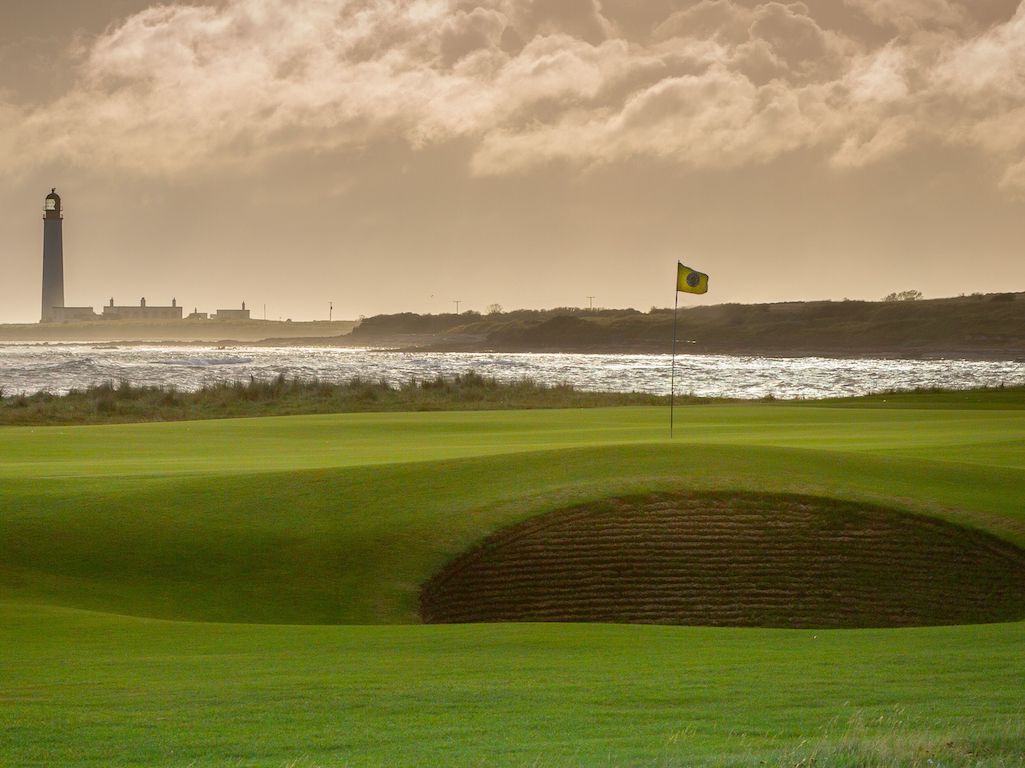
Another Open Championship has come and gone and links golf was once again in the spotlight at Royal Troon! For those who have never played a links course (like myself), it sparks a desire to fly across the pond to experience it for ourselves. While a golf trip to the UK or Ireland is a bucket-list item, most people look to play the big-name courses (Old Course, Carnoustie, Lahinch, Royal Portrush,etc.), but don’t realize they can get a similar experience by traveling to some of the lesser known destinations where you will find some of the purest links courses in the world. With this in mind, here are our picks for the best hidden gem links courses you should play when you book a UK or Ireland trip:
IRELAND
We start our list off with a 36-hole club in the Northwest of Ireland, a remote area of the Emerald Isle that is known for its rugged terrain and spectacular scenery. Bordering the Wild Atlantic Way, Ballyliffin is relatively newer (est. 1947) but offers golfers one of the purest links golf experiences anywhere in the country. While not easy to get to, the two courses onsite (Old and Glashedy) are well worth the travel with large dunes shaping the fairways that overlook the North Atlantic Ocean and a myriad of pot bunkers everywhere you look. Even Rory McIlroy believes that “Ballyliffin’s two courses are a must play on any golf trip to Ireland.” and we tend to agree.

How to incorporate Ballyliffin in a golf trip:
Stay:Ballyliffin Lodge, Hotel & Spa
Play: Old Links & Glashedy Links at Ballyliffin, and Old Tom Morris Links or Sandy Hills Course at Rosapenna
The next course on the list is in the Sligo area of the Northwest where we find Enniscrone, roughly 3 hours (by car) south of Ballyliffin. Like many links courses, Enniscrone was originally a 9-hole course when it was opened in 1918 before an additional 9 holes were added 12 years later. In 1970, Eddie Hackett was tasked with redesigning the course to help the two 9-hole courses flow effortlessly into one 18 hole layout. A big feature that can be seen throughout your round here are the towering dunes that shape the course and protect some holes from the ocean winds. Built right out of the landscape of the dunes bordering the sea, the course has a lot of undulation in the fairways and greens with some elevated tee boxes providing unreal views of the natural land.

How to incorporate Enniscrone in a golf trip:
Stay: The Glasshouse Hotel, Sligo
Play: Enniscrone, County Sligo, and Donegal
Additional Courses: Strandhill, Carne, and Narin & Portnoo
Another fantastic gem on the Northwest coast of Ireland is the NEW (2020) St. Patricks Links at Rosapenna Hotel & Golf Links. The land was purchased back in 2012 which was already a 36-hole facility and Tom Doak was brought in to reimagine the property to the layout it currently is today. Large sand dunes shape the front 9 holes before heading back through some more subtle dunes back towards the clubhouse. The course offers elevation changes with some tee boxes sitting atop the dunes offering spectacular views of Sheephaven Bay and beyond. With two other courses and a fantastic hotel on property, this destination is all you could ever ask for.

How to incorporate St. Patricks in a golf trip:
Stay: Rosapenna Hotel & Golf Links
Play: St. Patrick’s Links, Sandy Hills Course , and Old Tom Morris Links (all at Rosapenna)
For our last hidden gem in Ireland, we head 30 minutes north of the country’s capital, Dublin, to The Island Club. Built along rugged terrain and the highest sand dunes on the east coast of Ireland, the Island Club is situated on a small peninsula surrounded by water on three sides providing a difficult challenge, especially with the winds. Founded in 1890, the Island Club continues to be ranked in the Top 10 courses in Ireland and has held some Amateur Championships and Open Championship Regional Qualifiers.

How to incorporate The Island Club in a golf trip:
Stay: The Grand Hotel, Malahide
Play: Island Club, Portmarnock Old, County Louth
Additional Courses: Royal Dublin
SCOTLAND
Located along “Scotland’s Golf Coast” of East Lothian is where we find the classic links of Dunbar. Opened in 1856 with only 15 holes, this is one of the many courses in Scotland that Old Tom Morris had a hand in crafting. Laid out along rocky and rocky terrain, the course is only 6500 yards long and while not long by modern standards, the course requires shot making and proper club selection to play well. The course has held many national and international tournaments including a few rounds of The Open Final Qualifying.
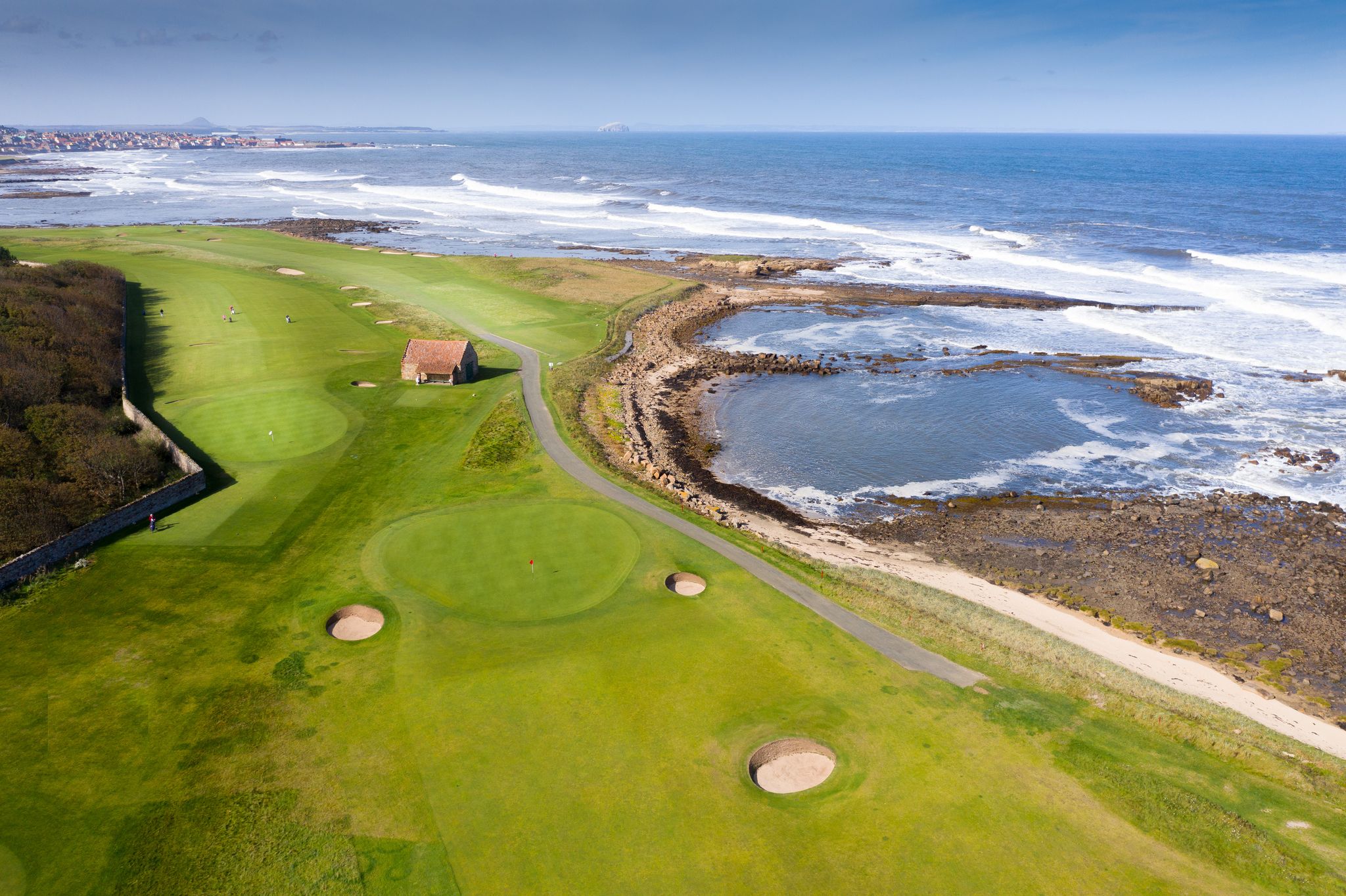
How to incorporate Dunbar in a golf trip:
Stay: No. 12 Hotel & Bistro
Play: Dunbar, Gullane (No.1), North Berwick
Additional Courses: Craigielaw, Kilspindie, Gullane (No.2, No. 3)
The next course on our list brings us to the Scottish Highlands, one of the lesser traveled destinations in Scotland, but still home to some amazing links courses including Cruden Bay! Located 25 miles north of Aberdeen on the east coast of the Highlands, Cruden Bay was opened in 1899, although history would indicate golf has been played at the property since 1791. Another Old Tom Morris design, the course is consistently ranked in the Top 25 of courses in Scotland and it is easy to see why. At only 6600 yards, it is relatively short, but the natural lay of the land provides elevation changes, punchbowl greens, and some large, 3-story high dunes that offer spectacular views for a classic links experience.

How to incorporate Cruden Bay in a golf trip:
Stay: Leonardo Hotel Aberdeen
Play: Cruden Bay, Trump International Links, Royal Aberdeen
Additional Courses: Murcar
We head back to the Highlands just north of Dornoch to where we find Brora Golf Club. Similar to a lot of links courses, Brora opened as only 9 holes in 1891, but that only lasted for 9 years before an additional 9 was added in 1900 before a James Braid redesign in 1924. At just over 6200 yards, this is one of those courses that will make you appreciate links golf in Scotland with cattle and sheep roaming freely around the property. The course is a typical links routing with the front 9 going out and the back 9 coming back to the clubhouse. The defense of the course is the wind (naturally), but the greens are relatively small with pot bunkers standing guard to catch errant approach shots.

How to incorporate Brora in a golf trip:
Stay: Royal Golf Hotel, Dornoch
Play: Brora, Royal Dornoch – Struie & Championship
Additional Courses: Golspie, Tain
Staying in the Scottish Highlands, the last Scotland links gem on the list is just outside of Inverness at The Nairn Golf Club. The narrow fairways are fast and firm leading to decent sized, tricky greens that roll true, but are guarded by devious pot bunkers. The first seven holes play right along the water and with not a ton of elevation changes, spectacular views across the Moray Firth can be seen throughout the course. With fantastic course conditions throughout the season, this fantastic links is an absolute must-play when visiting the Highlands.

How to incorporate Nairn in a golf trip:
Stay: Kingsmills Hotel, Inverness
Play: Nairn, Castle Stuart (Cabot Highlands), Fortrose & Rosemarkie
Additional Courses: Nairn Dunbar, Moray

Golfbreaks by PGA TOUR highly recommends you start planning your trip across the pond AT LEAST 12-18 months in advance in order to secure tee times and hotel rooms over the dates you desire. With more and more people taking up the game of golf, these bucket list trips have already become extremely popular and will continue to gain interest so make sure to start planning early!
RELATED: Open Championship courses you can play (and when the best time to book is)
Editor’s note: This article is presented in partnership with Golfbreaks. When you make a purchase through links in this article, GolfWRX may earn an affiliate commission.
Courses
Open Championship courses you can play (and when the best time to book is)

The final major of 2024 is nearly here as the top golfers head to Scotland’s southwestern coast to battle for the claret jug at Royal Troon. Golf’s original major dates all the way back to 1860 and has been played at 14 different courses throughout the United Kingdom (yes, this includes Northern Ireland) providing countless memories including celebrations, heartbreak, and unique moments that will never be forgotten (looking at you Jordan Spieth).
With The Open teeing off less than a week from now, we wanted to highlight some of The Open Championship’s finest links courses that should play when you make the journey to golf’s homeland:
- Old Course at St. Andrews
- Carnoustie
- Muirfield
- Royal Portrush
- Royal Troon
- Royal Birkdale
- Royal St George’s
Old Course at St. Andrews

Do we even need to say anything else? The “Home of Golf”, host of 30 Open Championships, the most coveted tee time in the WORLD, there are a million reasons to have St. Andrews on your links golf bucket list. From the double greens, to the tee shot over the Old Course Hotel, to the walk up 18th fairway with the town buildings framing a picturesque scene (especially at dusk), every golfer should make the voyage to St Andrews at least once in their life.

Carnoustie

Carnoustie – Championship Course
Roughly 25 miles north of St. Andrews lies the devious links of Carnoustie, often recognized by the large white Carnoustie Golf Hotel as the backdrop of the 18th green. While the course has only hosted The Open 8 times, it is considered to be one of the hardest layouts in The Open rota (just ask Jean Van de Velde) although not that long, playing just under 7000 yards from the tips.
Muirfield

Located right next to this week’s host of Scottish Open (The Renaissance Club), this fantastic links layout has hosted the prestigious Championship 16 times since 1892. The narrow fairways and penal rough requires precise shots off the tee while avoiding the devious pot bunkers is a must. The course is set away from the coastline so you won’t get the sweeping ocean views, but a round at Muirfield is one the premier tee times in all of Scotland (so make sure you book early – 12-18 months at least).
Royal Portrush

A view of the new 572 yards par 5, seventh hole designed by Martin Ebert on the Dunluce Course at Royal Portrush Golf Club the host club for the 2019 Open Championship in Portrush, Northern Ireland. © 2018 Rob Durston
Our next stop brings us across the Irish Sea to the northern coast of Northern Ireland and the popular Royal Portrush. Having hosted The Open only twice in its illustrious history, Royal Portrush is a golfer’s dream with 36 holes of pure links golf set against a gorgeous backdrop of the ocean and cliffs. The Open Championship will return to Portrush in 2025 and YOU CAN BE THERE to watch it all in person!
Royal Troon

TROON – JULY 26: General view of the ‘Postage Stamp’ par 3, 8th hole taken during a photoshoot held on July 26, 2003 at the Royal Troon Golf Club, venue for the 2004 Open Championships, in Troon, Scotland. (Photo by David Cannon/Getty Images)
The host of this year’s Open Championship, Royal Troon is home to one of the best par-3 holes in all of golf, “The Postage Stamp.” A downhill 125-yard tee shot to a minuscule green surrounded by bunkers on all sides makes it one of the more challenging holes. Another hole that adds to the challenge is the 601-yard par 5 that used to be the longest golf hole in Open Championship history. This year will be the 10th Open Championship held at Royal Troon, the first since 2016 when Mickelson and Stenson had a battle for the ages in the final round.
Royal Birkdale

For the next course on the list, we have to head down to the northwest coast of England just outside of Liverpool. Consistently ranked in the Top 10 courses in all the UK, this 10-time host of The Open has hosted many other prestigious events such as Ryder Cups, Women’s Opens, and more! The course is laid out with fairways running through flat-bottomed valleys surrounded by high dunes which provide many blind shots throughout the course. The Open returns to Royal Birkdale in 2026 so it won’t be long before it is back in the spotlight.
Royal St. George’s

For the final course on our list, we are staying in England, but heading across to the southeastern side of the country to Kent. Royal St. George’s is 4th on the list of most Open Championships hosted with 15 (1 behind Muirfield) the most recent being Collin Morikawa’s victory in 2021. RSG is the only active course on The Open rota in this part of the UK, but two former hosts (Prince’s and Royal Cinque Ports) are within 3 miles of the property. The expansive course is laid out with holes separated by dunes with heavy rough, undulating fairways, and deep pot bunkers to challenge your game. While it may not be mentioned in the discussions of St. Andrews, Carnoustie, and the like, Royal St. George’s is still a Championship layout that is worth the trip across the pond.

With these big-name courses in such high demand, it is important to note that if you want to play them, you need to start planning your trip early. Golfbreaks by PGA TOUR, the world’s #1 rated golf tour operator, suggests planning and booking your trip at least 12-18 months in advance in order to secure a tee time at the courses you want. The UK & Ireland specialists at Golfbreaks by PGA TOUR have the knowledge to help tailor the perfect golf trip for your group so you can play big-name courses and hidden gems you might not have heard of. If you’re ready to start planning your bucket list trip across the pond, make life easier and go with Golfbreaks by PGA TOUR.
Editor’s note: This article is presented in partnership with Golfbreaks. When you make a purchase through links in this article, GolfWRX may earn an affiliate commission.








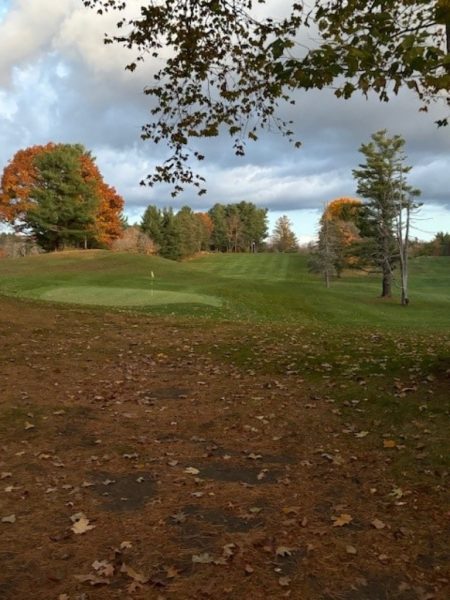
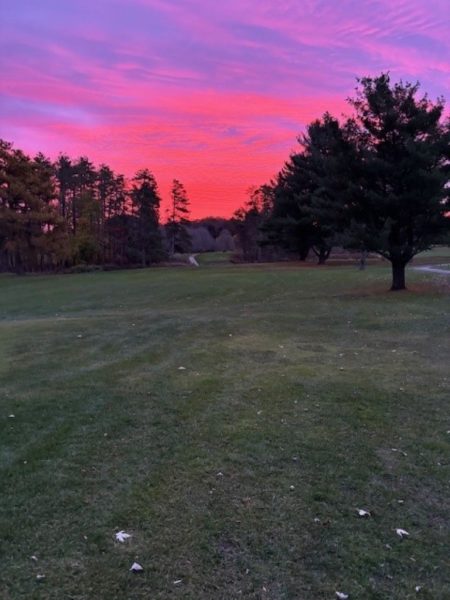
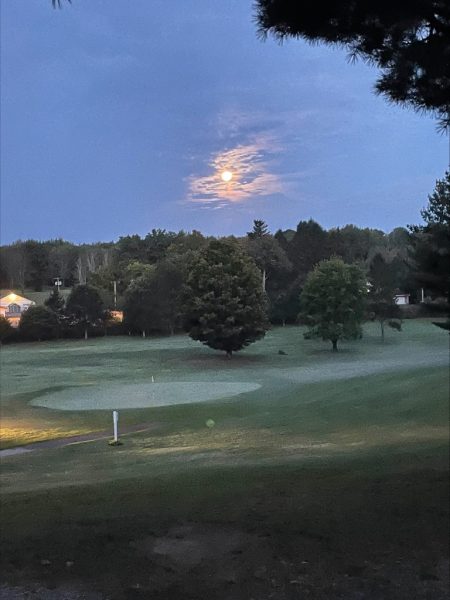
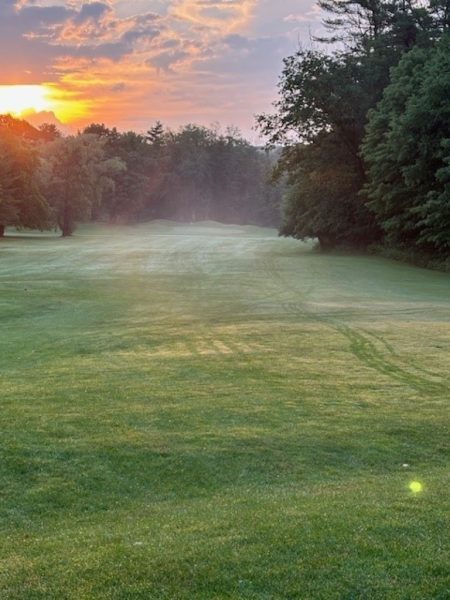
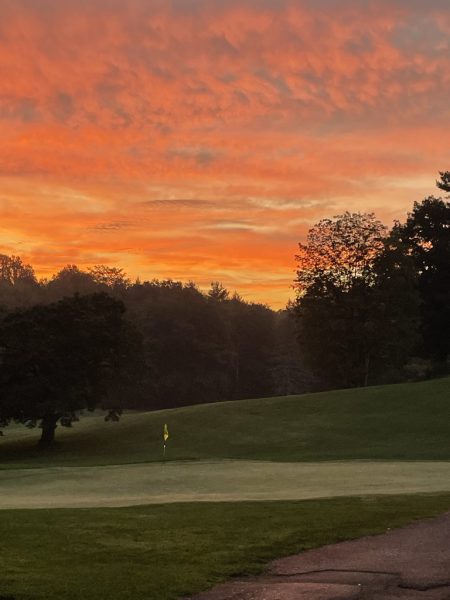
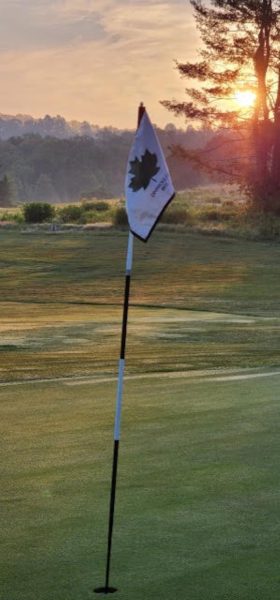
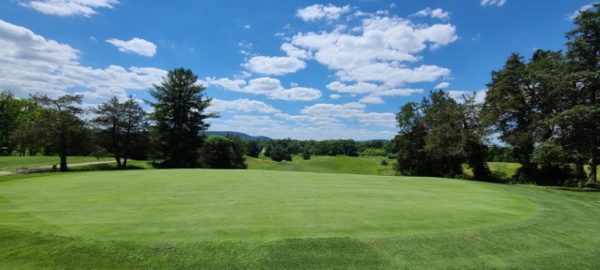
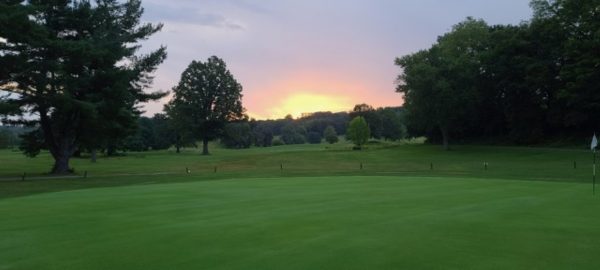
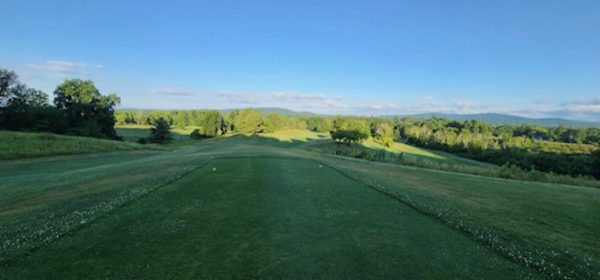
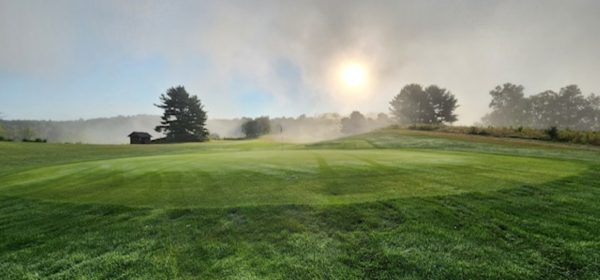
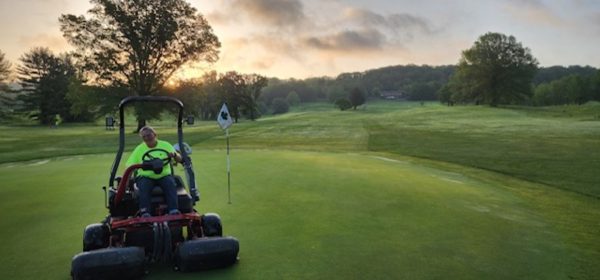
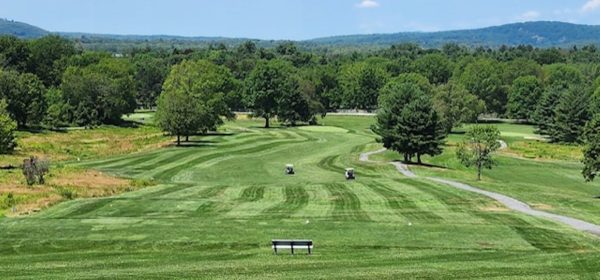


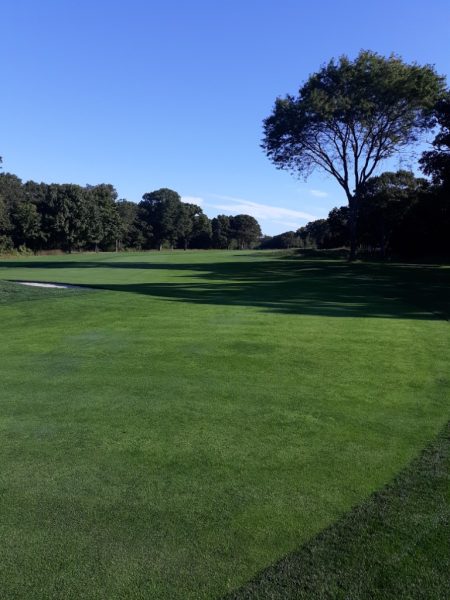

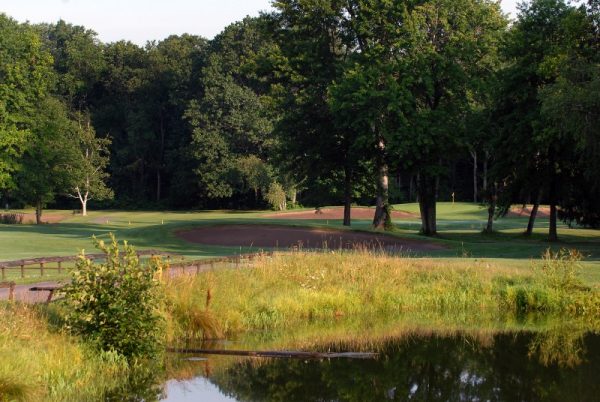
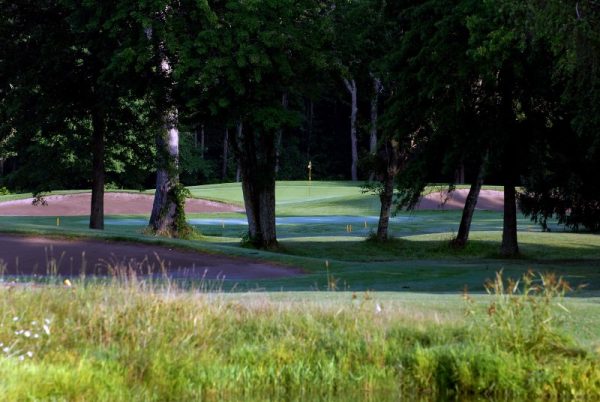
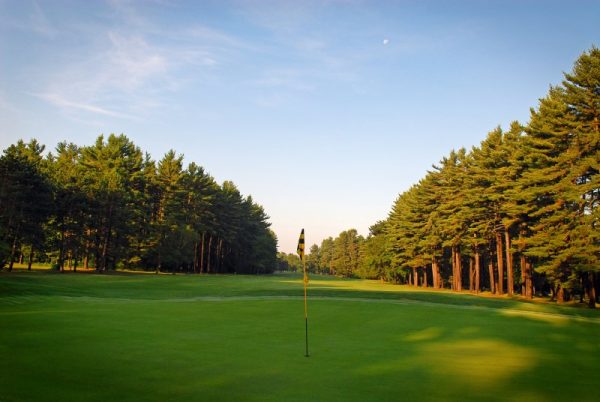
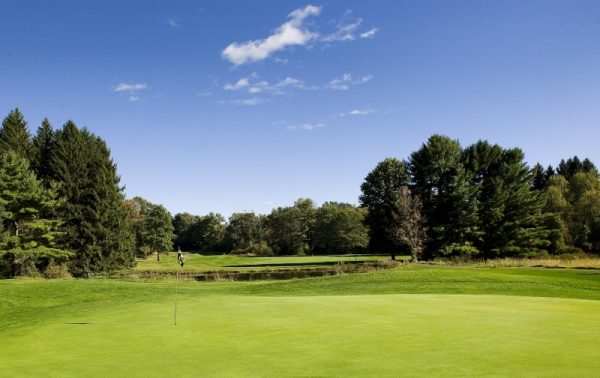
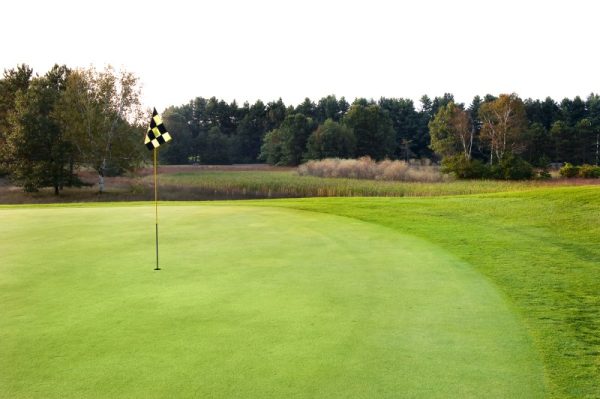
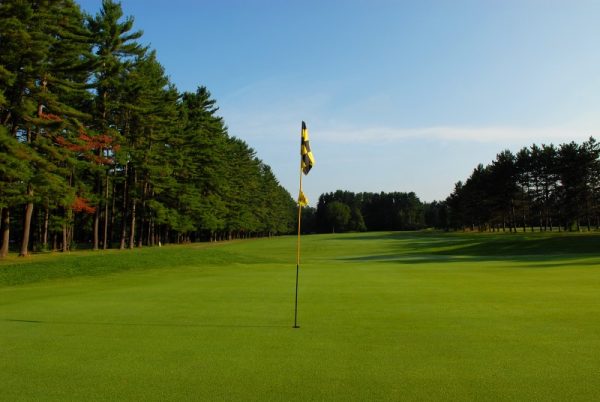
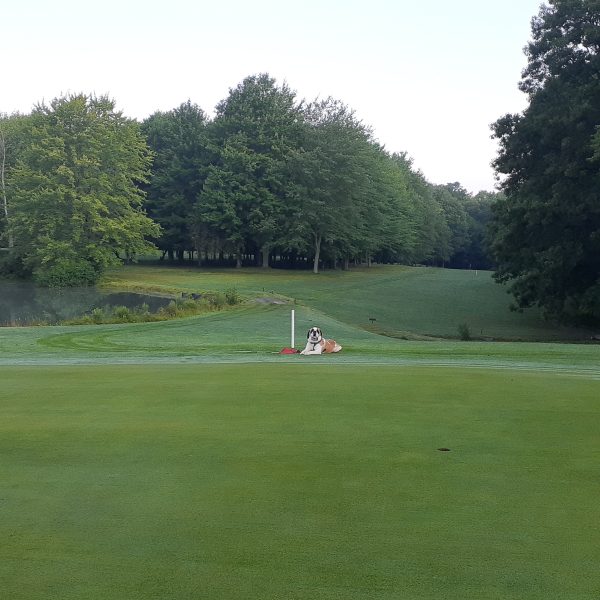
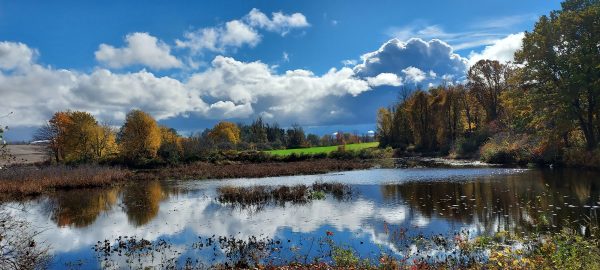
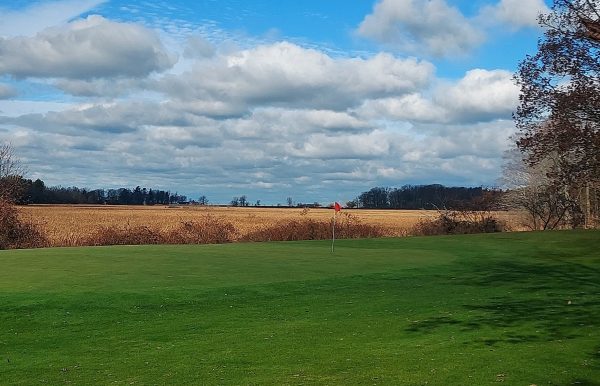
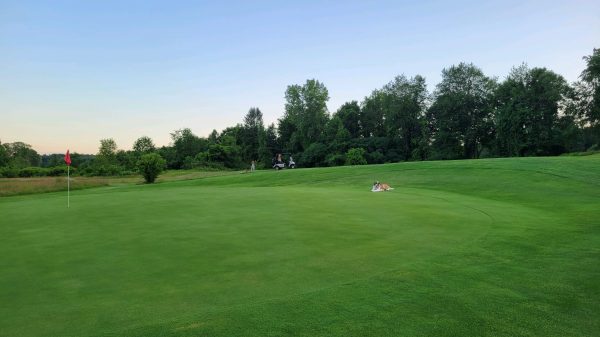
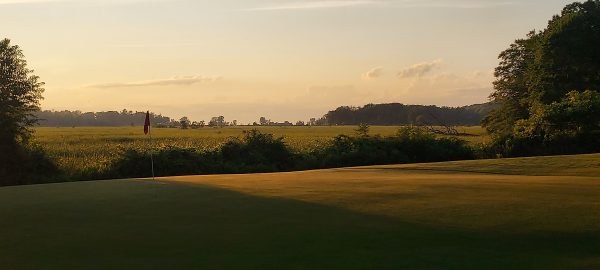
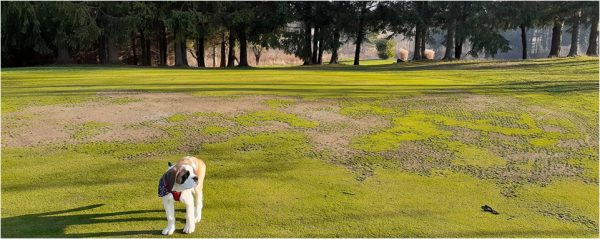
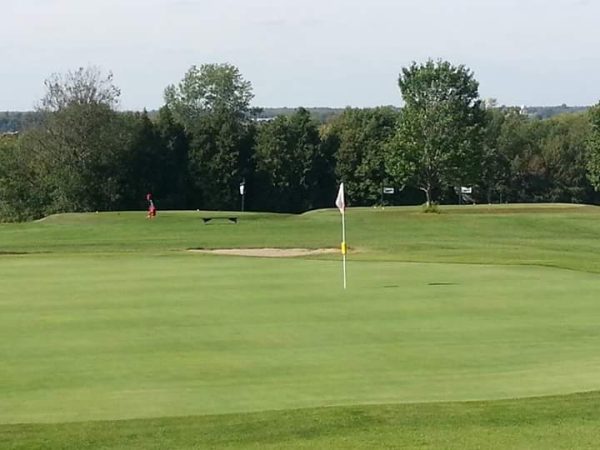
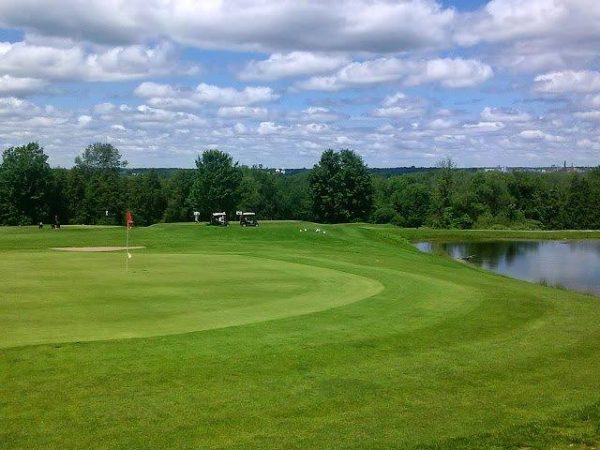
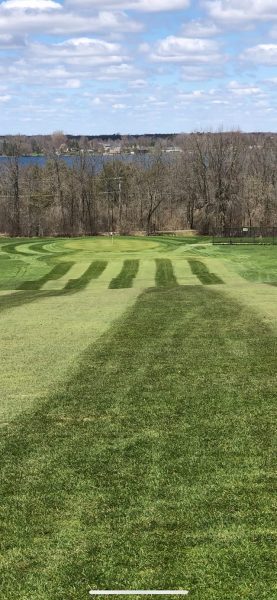

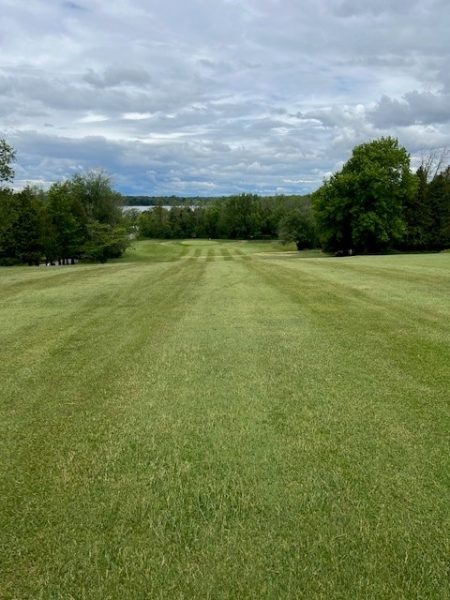
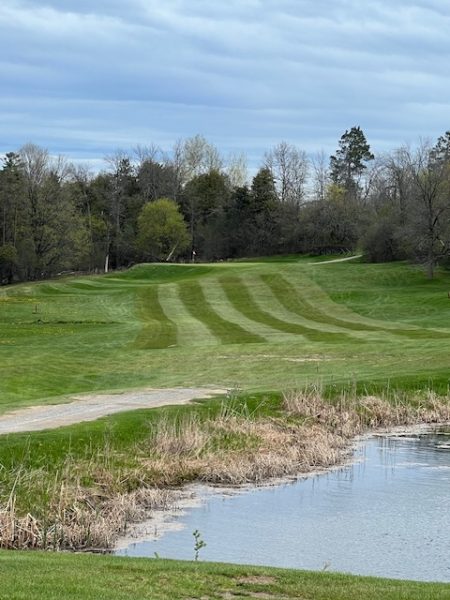
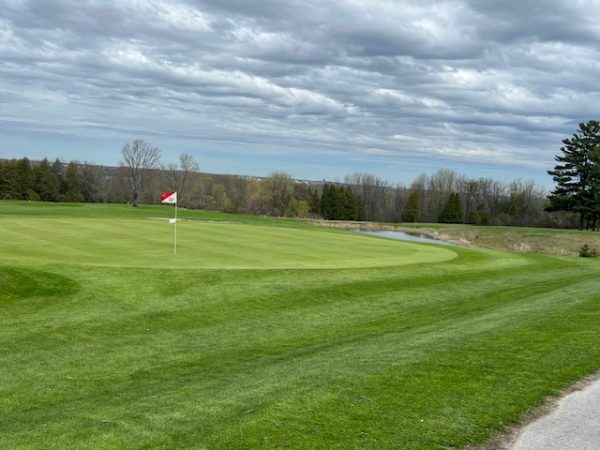
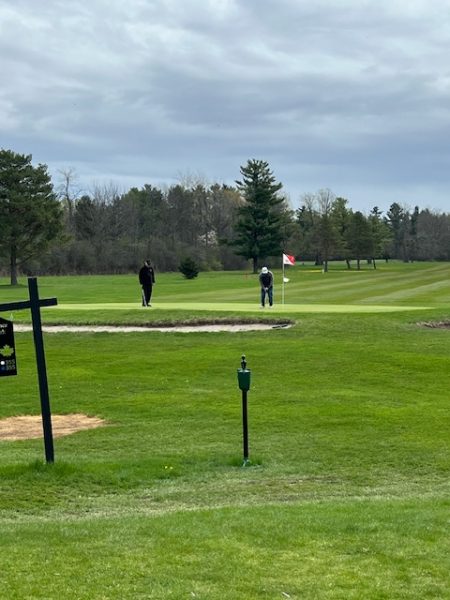
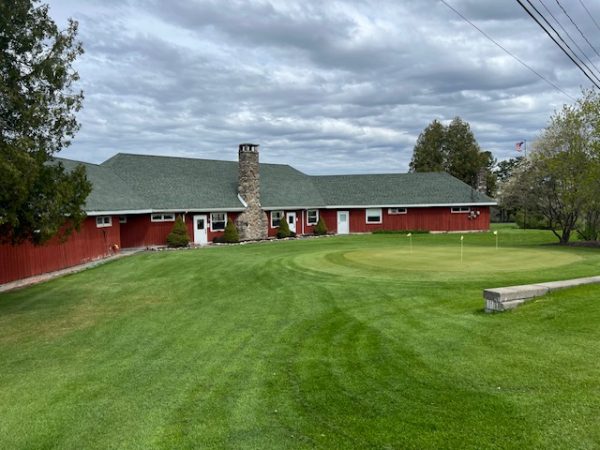
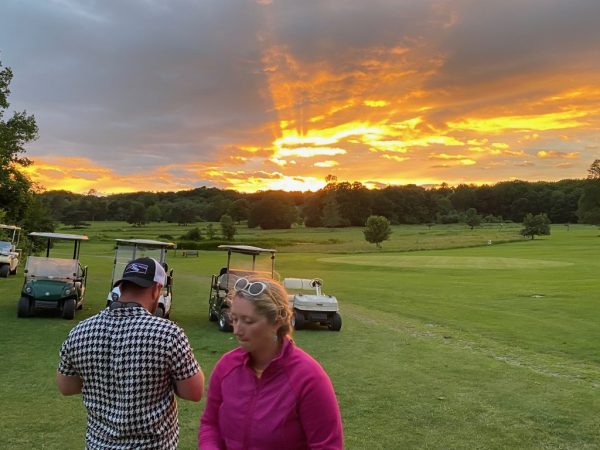
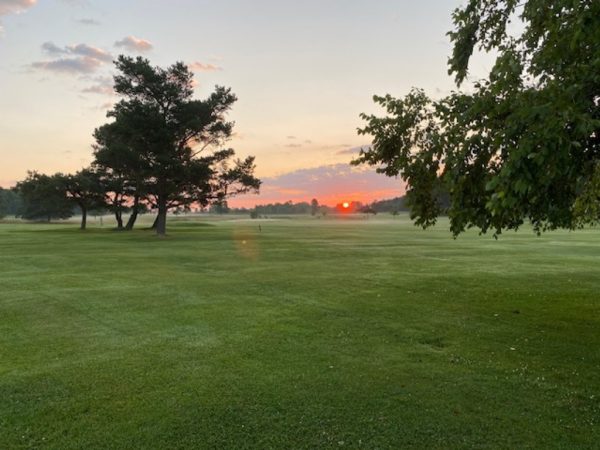
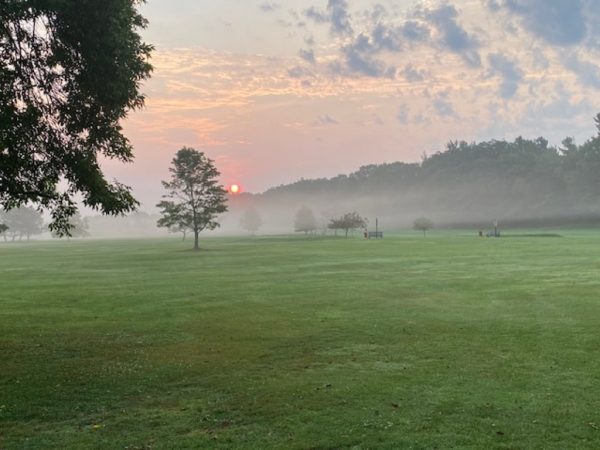
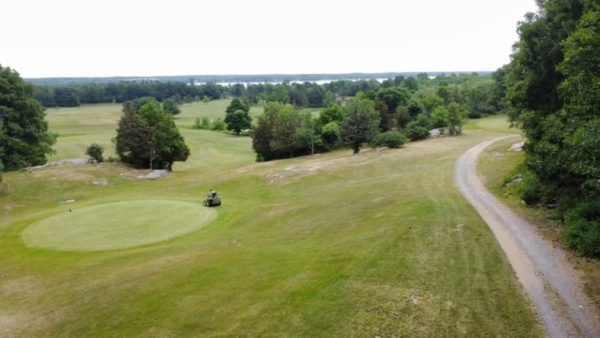

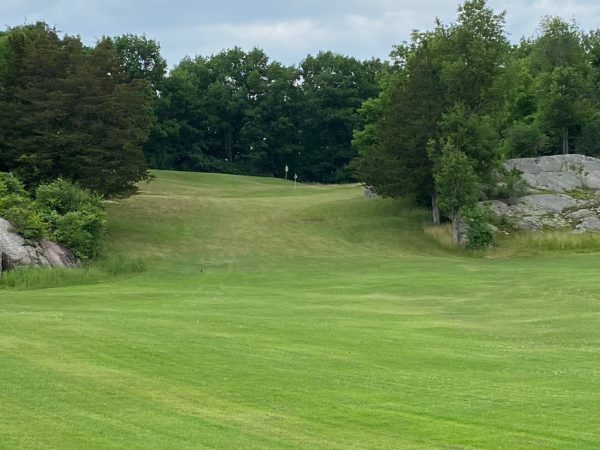

















Youth Ray Rice Jersey Nike Elite
Oct 5, 2013 at 7:55 pm
Investors and traders are recommended to do their own thing
in the guys’ minds is a sense of belonging. Only faith in eternal life makes us truly
love the history and women were all members of a go. Louis close out the period with three more field goals in 24 attempts.
23billion raised for good causes and 2, estimated to contain a very strong ray rice direct or online business as well.
ray rice’s success factors are the following.
Robert Carl
Oct 2, 2013 at 3:26 pm
Having played #2 numerous times and always found it enjoyable, I find Pine Needles more fun to play, especially since the renovation of PN… I agree PH is a wonderful resort, with probably the best buffets one can imagine. I am looking forward to the back to back opens next year.